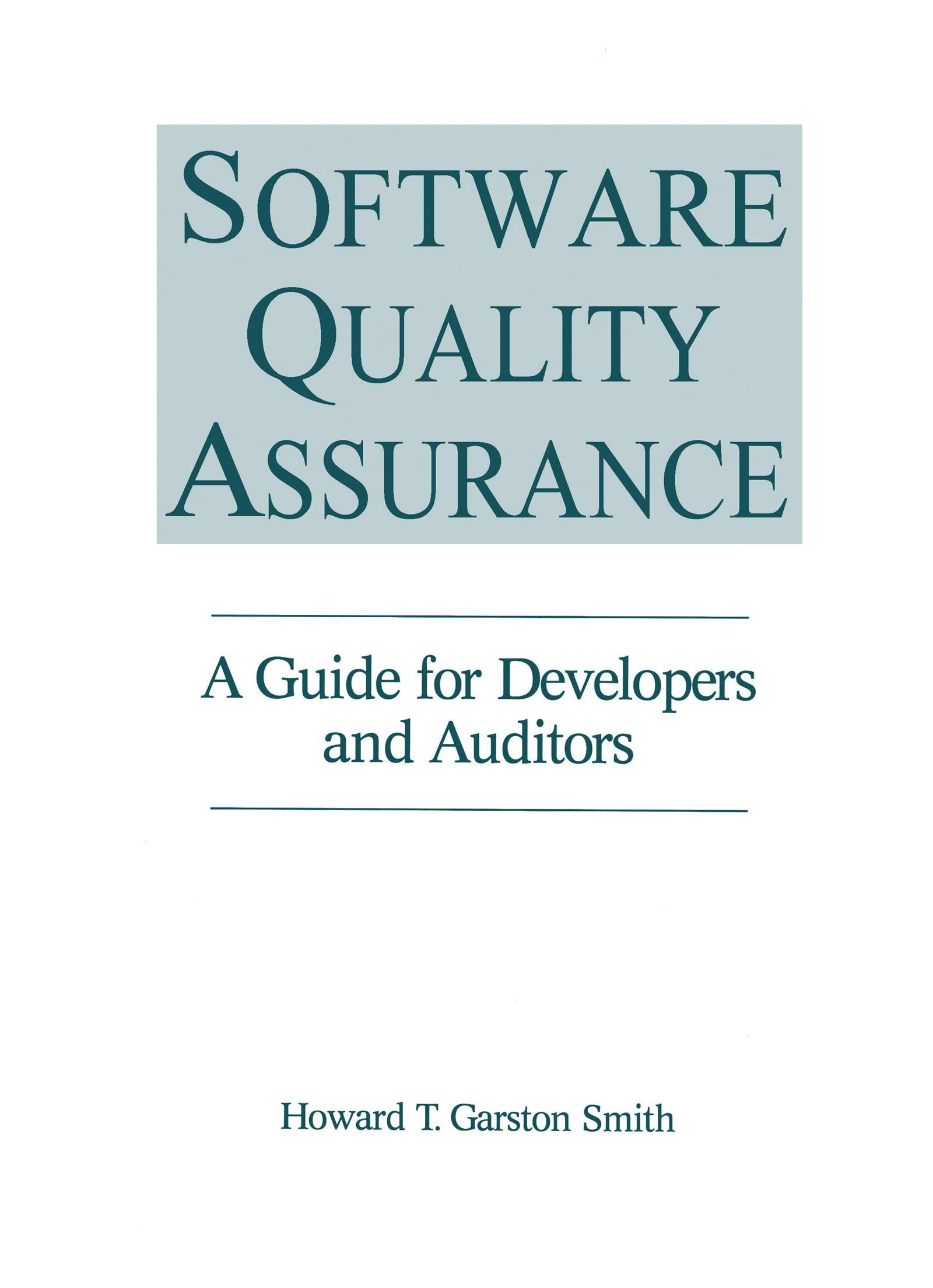WORKSHEET 33SHOULD I LEASE OR BUY A VEHICLE? The worksheet below can be used to compare leasing and borrowing to buy a vehicle. Remember that the cost of credit is the finance charge--the extra that you pay because you borrowed. In the example below, the finance charge on the loan is $1,950. Your lender will be able to tell you the finance charge on any vehicle loan offer you are considering. Leases also carry costs, but they are hidden in the contract, and some remain unknown until the end of the lease period. These items, which are indicated by an asterisk (*) below, are negotiable and are defined in the text. Ask the dealer for the amount of each of these costs. Then complete the worksheet and compare the dollar cost of leasing with the finance charge on a loan for the same time period. In Step 1, total all the monthly lease payments as outlined in the contract. In Step 2, record other charges for which you will be responsible (note that you cover the residual value of the vehicle by returning or buying the vehicle at the end of the lease period). Step 3 is the total for Steps 2 and 3. In Step 4, record the adjusted capitalized cost (capitalized cost less items such as a trade-in and down payment) as indicated in your contract. Step 5 is the result of subtracting Step 4 from Step 1. In Step 6, record the finance charge on the loan you would arrange to buy the vehicle instead of leasing. The lower of items Step 5 and Step 6 is the better arrangement. In the example, the $1,950 finance charge is lower than the $2,600 additional cost of leasing. This means that you should borrow to buy the vehicle rather than obtain it with a lcase. To make the comparison accurately, you must know the underlying price of the car if you were purchasing it. Often you are not told this value with a lease arrangement, so you must negotiate a price for the vehicle before mentioning the lease option. An interactive calculator that performs this same procedure can be found on the Garman/Forgue companion website. (Use with Personal Finance, 13th edition, pages 241-244.) Vehicle Lease versus Buy Worksheet Step (A) Example (B) Your figures $13,500 1. Total monthly lease payments (thrity-six payments of $275, for example) 2. Plus acquisition fee* (if any) Plus disposition charge* (if any) Plus estimate of excess mileage charges (if any) Plus projected residual value of the vehicle 3. Amount for which you are responsible under the lease (#1 plus #2) 4. Adjusted capitalized cost-the capitalized cost after taking capitalized cost reductions +300 +300 +00 +4,500 S18,600 - 16,000 $2,600 5. Dollar cost of leasing (3 minus 14) 6. Finance charge for loan you arrange to purchase rather than lease the vehicle $1.950 WORKSHEET 33SHOULD I LEASE OR BUY A VEHICLE? The worksheet below can be used to compare leasing and borrowing to buy a vehicle. Remember that the cost of credit is the finance charge--the extra that you pay because you borrowed. In the example below, the finance charge on the loan is $1,950. Your lender will be able to tell you the finance charge on any vehicle loan offer you are considering. Leases also carry costs, but they are hidden in the contract, and some remain unknown until the end of the lease period. These items, which are indicated by an asterisk (*) below, are negotiable and are defined in the text. Ask the dealer for the amount of each of these costs. Then complete the worksheet and compare the dollar cost of leasing with the finance charge on a loan for the same time period. In Step 1, total all the monthly lease payments as outlined in the contract. In Step 2, record other charges for which you will be responsible (note that you cover the residual value of the vehicle by returning or buying the vehicle at the end of the lease period). Step 3 is the total for Steps 2 and 3. In Step 4, record the adjusted capitalized cost (capitalized cost less items such as a trade-in and down payment) as indicated in your contract. Step 5 is the result of subtracting Step 4 from Step 1. In Step 6, record the finance charge on the loan you would arrange to buy the vehicle instead of leasing. The lower of items Step 5 and Step 6 is the better arrangement. In the example, the $1,950 finance charge is lower than the $2,600 additional cost of leasing. This means that you should borrow to buy the vehicle rather than obtain it with a lcase. To make the comparison accurately, you must know the underlying price of the car if you were purchasing it. Often you are not told this value with a lease arrangement, so you must negotiate a price for the vehicle before mentioning the lease option. An interactive calculator that performs this same procedure can be found on the Garman/Forgue companion website. (Use with Personal Finance, 13th edition, pages 241-244.) Vehicle Lease versus Buy Worksheet Step (A) Example (B) Your figures $13,500 1. Total monthly lease payments (thrity-six payments of $275, for example) 2. Plus acquisition fee* (if any) Plus disposition charge* (if any) Plus estimate of excess mileage charges (if any) Plus projected residual value of the vehicle 3. Amount for which you are responsible under the lease (#1 plus #2) 4. Adjusted capitalized cost-the capitalized cost after taking capitalized cost reductions +300 +300 +00 +4,500 S18,600 - 16,000 $2,600 5. Dollar cost of leasing (3 minus 14) 6. Finance charge for loan you arrange to purchase rather than lease the vehicle $1.950







